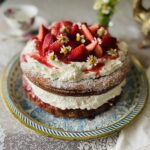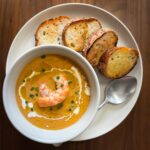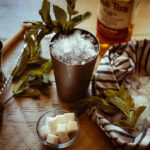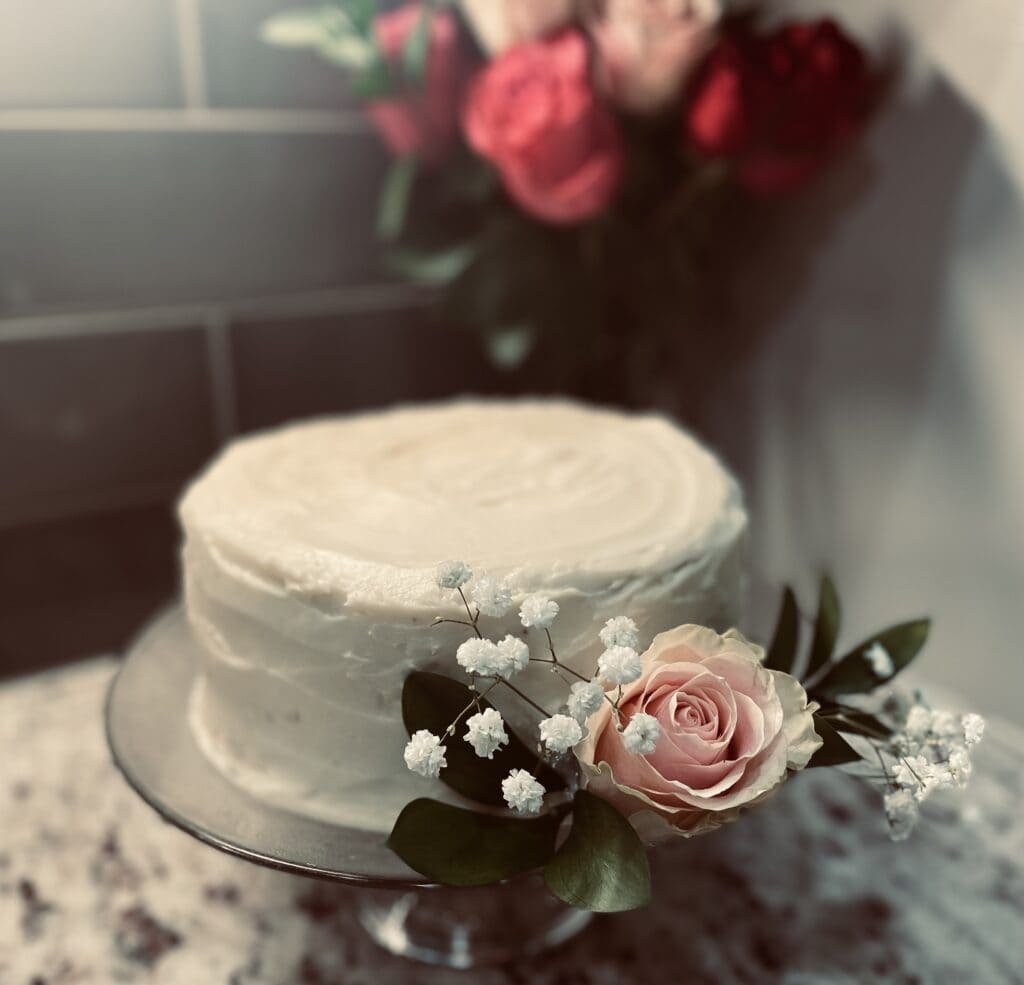
Does anyone else find baking cakes incredibly frustrating? Cooking comes naturally to me. Baking on the other hand? It seems that a degree in chemistry is needed to produce a decent cake! I have compiled a list of tips and tricks to baking better cakes. No more cursing in the kitchen. No more throwing out lumpy, dense, dry cakes. We are learning from our mistakes!
I asked my dear friend and bakery owner about the biggest pitfalls in cake baking. Let’s start with the most notorious culprits to a dry, dense cake. A surefire way to a bad cake…over mixing the batter, using cold ingredients, and too high of an oven temperature. Using room temperature ingredients ensures that your cake batter will blend together, not seize up. You’ll want to leave butter, eggs and buttermilk out on the counter for at least an hour before baking. Another tip from my cake guru is to bake at a lower temperature for longer. I knew that “low and slow” worked for meats, so why hadn’t I considered this method for baking? This cake bakes at 325 degrees for 35-40 minutes, instead of the usual 350-degree oven.
Using the right ingredients and equipment can help as well. Cake flour has less gluten than all-purpose flour and can help lighten up a cake. As for levity, you’ll want to be sure that your baking powder hasn’t expired, which can deflate an otherwise great cake. Most baking powders only last about six months, so make sure you check before baking. For layer cakes, you want to be sure that you’re using the right pans. I’m a fan of 8 inch by 3 inch aluminum pans. The cakes rise up and create taller layers. No matter the pan you use, be sure to check for doneness periodically. To ensure a cake is done, the toothpick test really does work.
As for decoration, I love a classic white buttercream with a few flowers. A quick note on using fresh flowers. Unless you have access to homegrown, edible flowers completely free of pesticides, you’ll most likely be using store-bought flowers. Make sure to wrap the stems of any flowers that have contact with your frosting with plastic wrap. You need to create a barrier between flowers that may have been sprayed with chemicals. I hope this helps you create a dreamy cake for your next gathering. Happy baking!
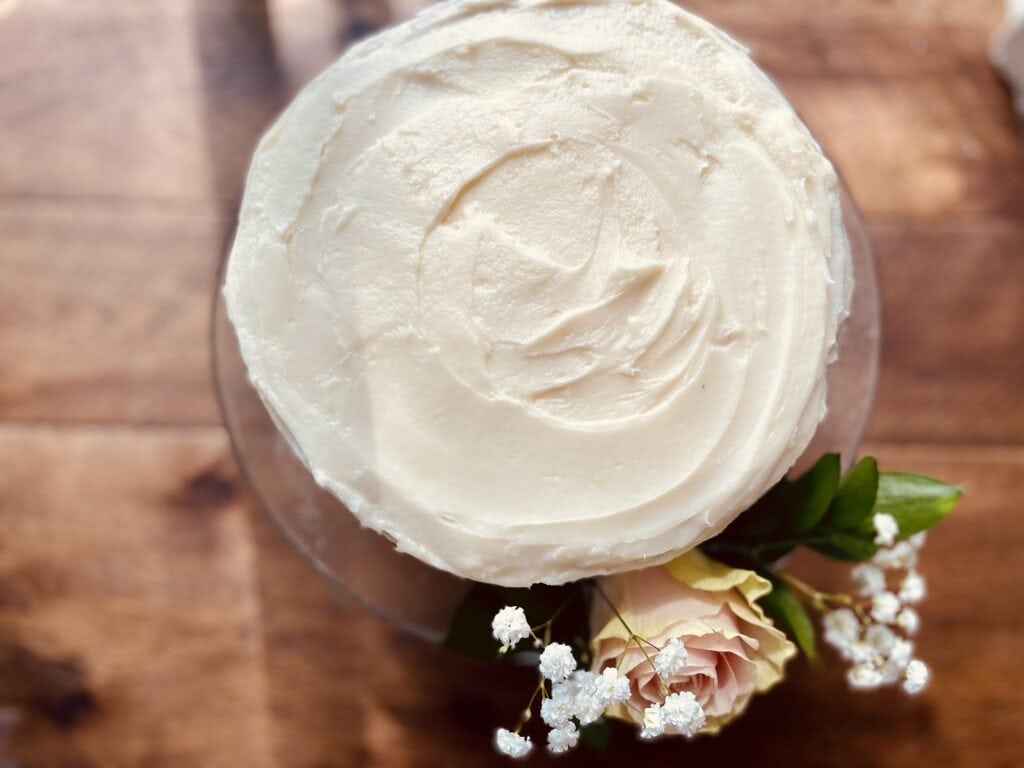
Vanilla Buttermilk Layer Cake With Vanilla Buttercream
Cake:
1 cup unsalted butter (2 sticks, softened to room temperature)
1 1/2 cups granulated sugar
2 eggs plus 1 egg white (room temperature)
2 teaspoons vanilla extract
1 cup buttermilk (room temperature)
1 1/2 cups cake flour (spooned and leveled)
1/2 teaspoon salt
1 1/2 teaspoons baking powder
1/2 teaspoon baking soda
Buttercream:
6 cups powdered sugar
2 cups unsalted butter (4 sticks, softened to room temperature)
2 teaspoons vanilla extract
3-4 tablespoons of heavy cream
Instructions:
- In a stand mixer with a paddle attachment, blend butter and sugar on medium for 3-4 minutes.
- Add the eggs and vanilla. Mix for 2 more minutes on medium.
- Mix all the dry ingredients in a separate bowl and whisk together.
- Fold in the dry ingredients to the butter/sugar/egg mixture. Slowly mix in the buttermilk as well. Mix all ingredients together until just combined. Don’t over mix.
- Using two 8-inch round pans, butter and flour the sides and add a round of parchment to the bottom.
- Divide the batter equally between two pans. Bake at 325 for 35-40 minutes. The edges of the cake will pull away from the side of the pan and a toothpick should come out clean in the center.
- Allow cakes to completely cool before assembling and frosting. You can cool in the fridge.
- For the buttercream frosting, mix all the ingredients together in a stand mixer bowl with a whisk attachment. Whip frosting on medium for several minutes until light and fluffy.
- When cakes are completely cooled (and I mean completely!), you can begin assembling. On a cake stand, put a dot of frosting on the stand to glue the bottom layer.
